The Taj Mahal: A Complete Guide
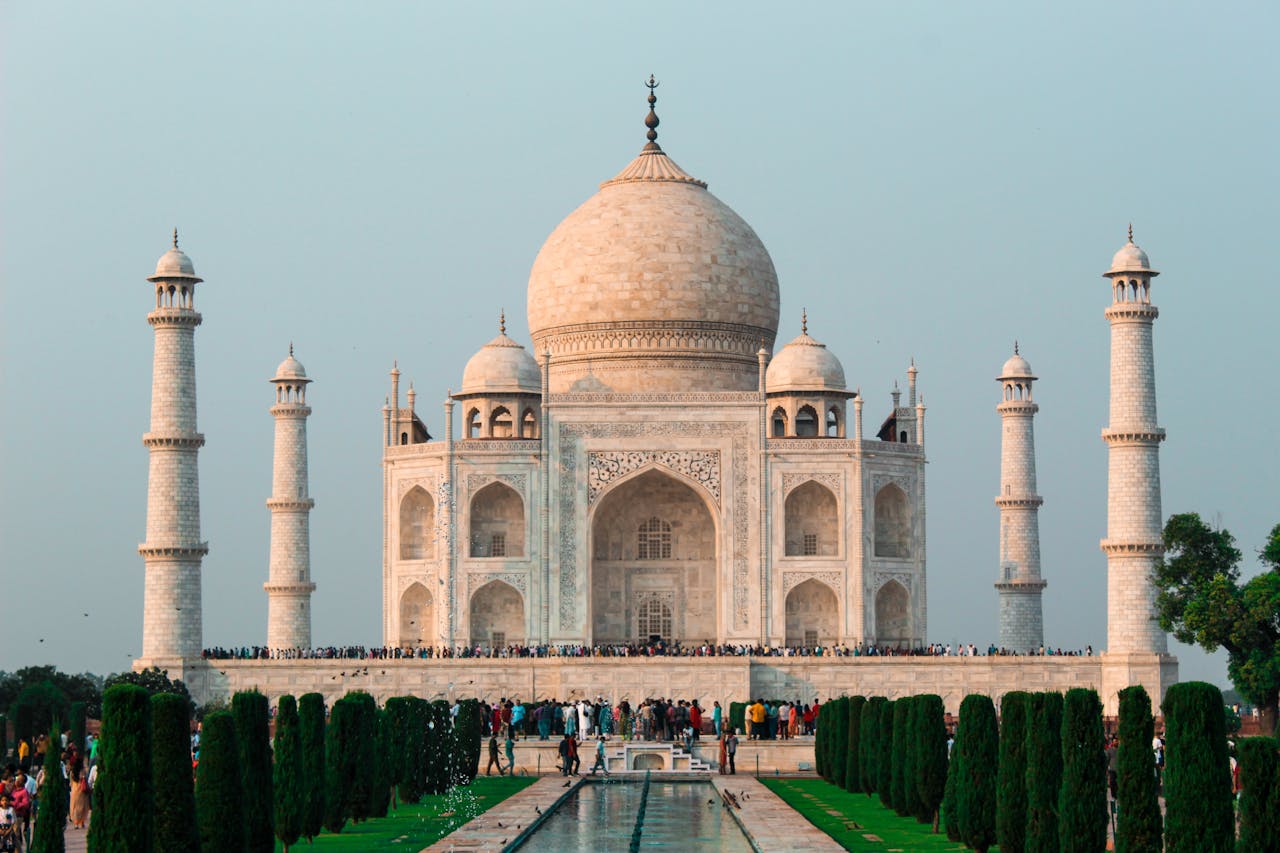
Discover the timeless beauty, history, and architecture of the Taj Mahal in this in-depth guide.
🕌 The Taj Mahal: A Complete Guide
Introduction
The Taj Mahal is more than just a monument; it's an emotion, a story carved in white marble, a symbol of eternal love, and one of the finest examples of Mughal architecture. Situated in Agra, India, this UNESCO World Heritage Site has captured hearts for centuries with its awe-inspiring beauty, history, and symbolism. Whether you're a traveler, historian, architect, or romantic, the Taj Mahal holds a special place in the global cultural imagination.
1. History of the Taj Mahal
The Taj Mahal was commissioned in 1632 by Mughal Emperor Shah Jahan in memory of his beloved wife, Mumtaz Mahal, who died during childbirth. Overcome by grief, Shah Jahan vowed to build a monument so magnificent that the world would never forget their love. Construction took approximately 22 years and involved over 20,000 artisans, architects, and laborers from across the Mughal Empire and beyond.
Crafted using white marble sourced from Makrana in Rajasthan, the Taj Mahal is not just a tomb but a carefully orchestrated complex of gardens, minarets, and secondary buildings designed for harmony and reverence.
2. Architectural Marvel
The Taj Mahal stands on a raised platform surrounded by four symmetrical minarets, each slightly tilted outwards to protect the main dome in the event of collapse. At the center of the structure is a massive onion-shaped dome, 73 meters high, capped with a finial that blends Persian and Hindu decorative elements.
The design draws from multiple architectural styles including Persian, Islamic, Turkish, and Indian. The precision in symmetry, the mathematical geometry of the gardens, and the reflective water pools are not just visually stunning but laden with symbolic meaning.
3. Materials and Craftsmanship
The main material—semi-translucent white marble—was inlaid with precious and semi-precious stones including jade, crystal, lapis lazuli, amethyst, and turquoise to create breathtaking floral patterns and Arabic calligraphy from the Quran.
The pietra dura (stone inlay) work used in the Taj Mahal is among the finest in the world. The inscriptions, mosaics, and carvings were so precise that each element aligns perfectly from any viewing angle.
4. The Garden of Paradise
The Taj Mahal’s layout is heavily inspired by the Persian-style Charbagh (four-part) gardens, symbolizing the Islamic concept of paradise. Divided by walkways and water channels, the garden serves both aesthetic and spiritual functions.
Reflective pools enhance the symmetry of the monument, creating a mirror image that adds to the ethereal atmosphere, especially during sunrise and sunset.
5. Inside the Mausoleum
Inside, you’ll find the symbolic cenotaphs of Mumtaz Mahal and Shah Jahan placed side by side. The real graves lie in a lower chamber directly beneath these cenotaphs, in accordance with Islamic tradition. The inner sanctum is dimly lit and features an intricate marble screen (jail) that separates the tombs from visitors.
6. Symbolism and Legacy
The Taj Mahal represents eternal love, but it is also a symbol of imperial power, artistic excellence, and divine beauty. Shah Jahan’s reign is often regarded as the golden age of Mughal architecture, and the Taj Mahal is the crown jewel of that legacy.
Its symmetry symbolizes balance and order, while the changing hues of the marble throughout the day reflect the varying moods of love and loss.
7. Preservation and Challenges
Despite its grandeur, the Taj Mahal faces challenges from pollution, overcrowding, and environmental degradation. Acid rain and the nearby Yamuna River’s shifting water table have caused some structural concerns. Conservation efforts are ongoing, involving laser cleaning, mud packs, and visitor limitations to protect this wonder for future generations.
8. Visiting the Taj Mahal
-
Location: Agra, Uttar Pradesh, India
-
Best Time to Visit: October to March (cool and dry season)
-
Entry Times: Sunrise to Sunset (closed on Fridays for general tourists)
-
Entry Fee: ₹50 (Indians), ₹1100 (Foreigners), Free for children below 15
Tips:
-
Visit during early morning or late evening for the best photos and fewer crowds.
-
Don't miss the night view on full moon nights (limited entry, ticket required).
-
Hire a certified guide or use the official audio tour to enhance your experience.
9. Beyond the Monument: Agra and Nearby Attractions
While the Taj Mahal is the centerpiece, Agra has much more to offer:
-
Agra Fort – Another UNESCO site, just 2.5 km away
-
Mehtab Bagh – A riverside garden offering a stunning rear view of the Taj
-
Fatehpur Sikri – The abandoned Mughal capital, 40 km west
-
Itmad-ud-Daulah’s Tomb – Sometimes called the “Baby Taj” for its similar elegance
10. Fun Facts
-
The minarets are intentionally tilted outwards so they would fall away from the tomb in case of an earthquake.
-
The Taj Mahal took about 1,000 elephants to transport materials.
-
Its construction cost is estimated to be over ₹32 million at the time (billions today).
-
Rabindranath Tagore called it “a teardrop on the cheek of time.”
Conclusion
The Taj Mahal is not merely a building—it's a timeless tribute to love, loss, and legacy. It has stood for centuries as a beacon of human creativity and emotional expression. Whether viewed from afar under the moonlight or explored up close in all its fine detail, the Taj Mahal leaves a lasting impression that words can only attempt to capture.
So, if it’s not on your bucket list yet, it absolutely should be.

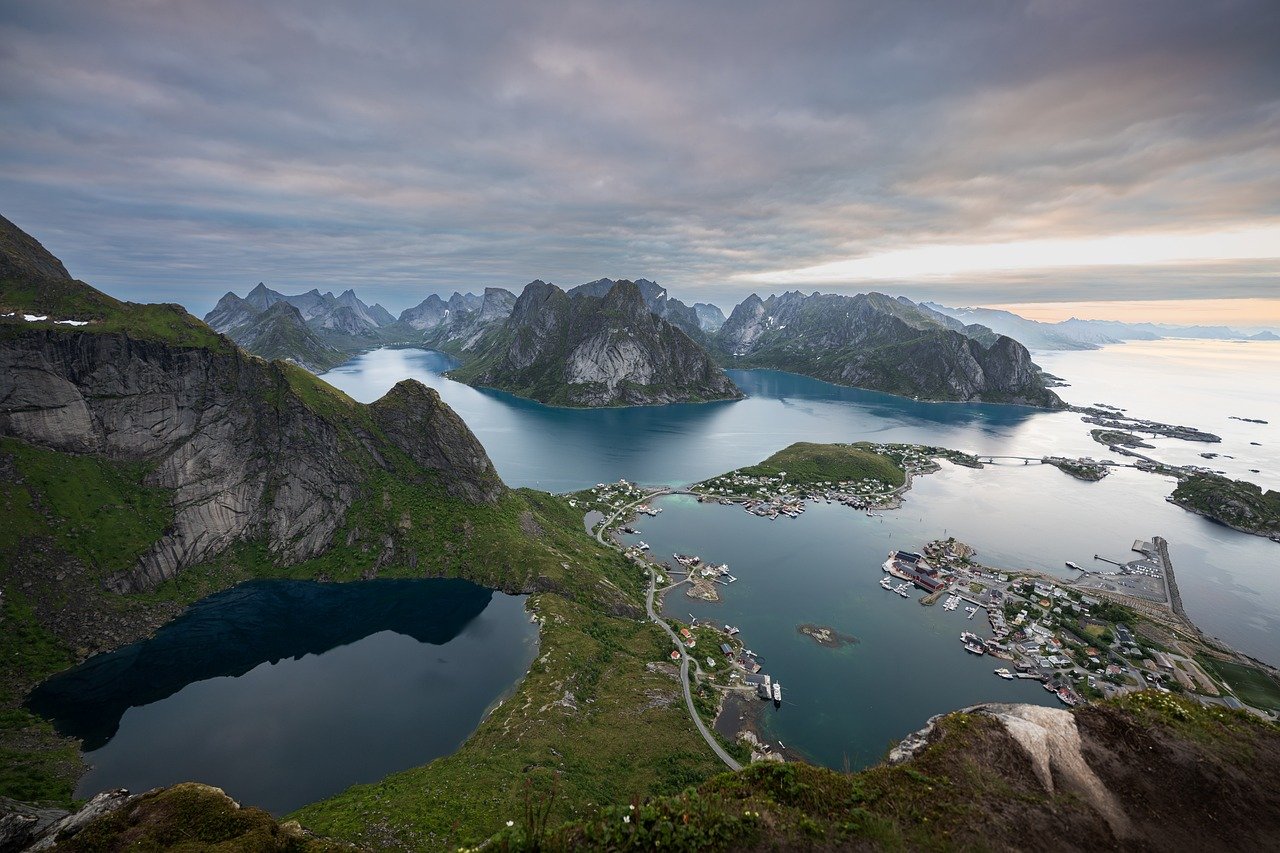
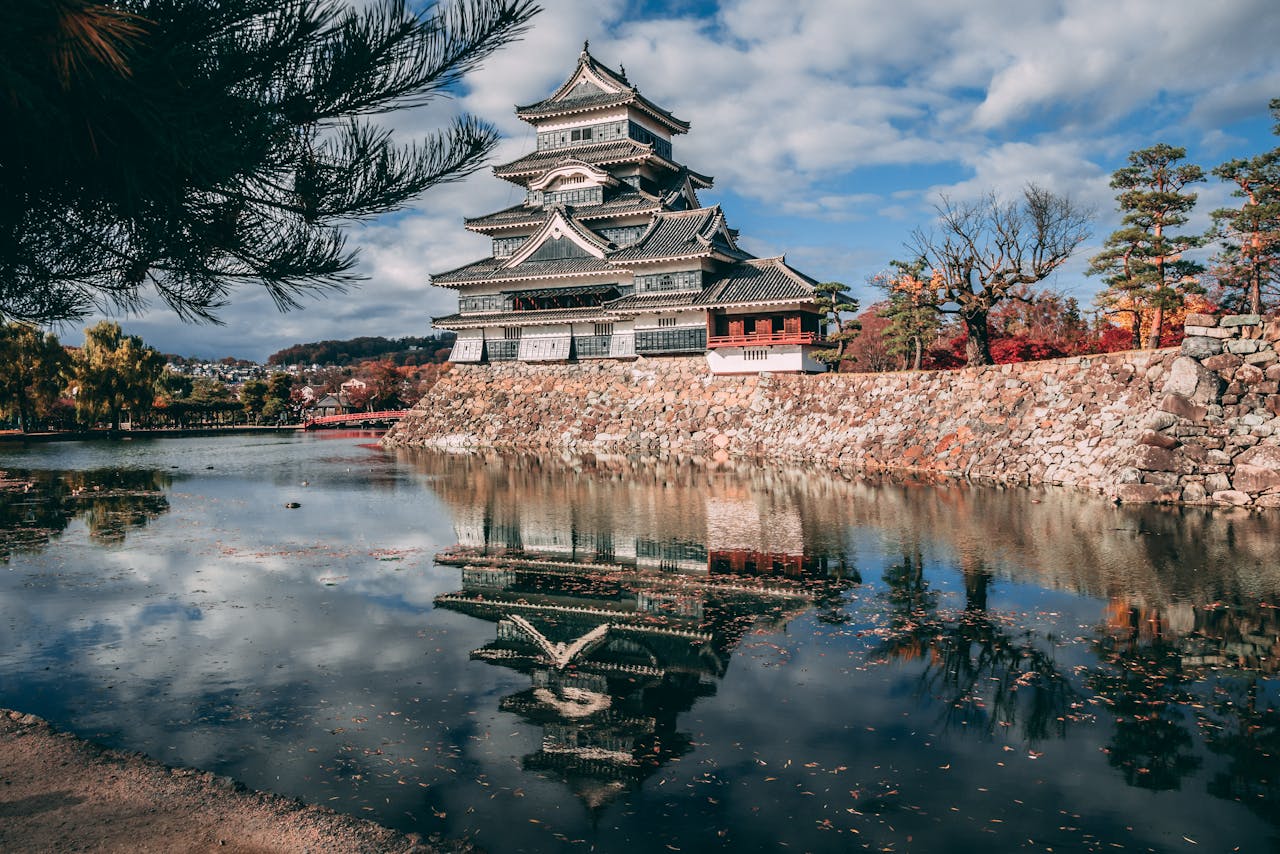
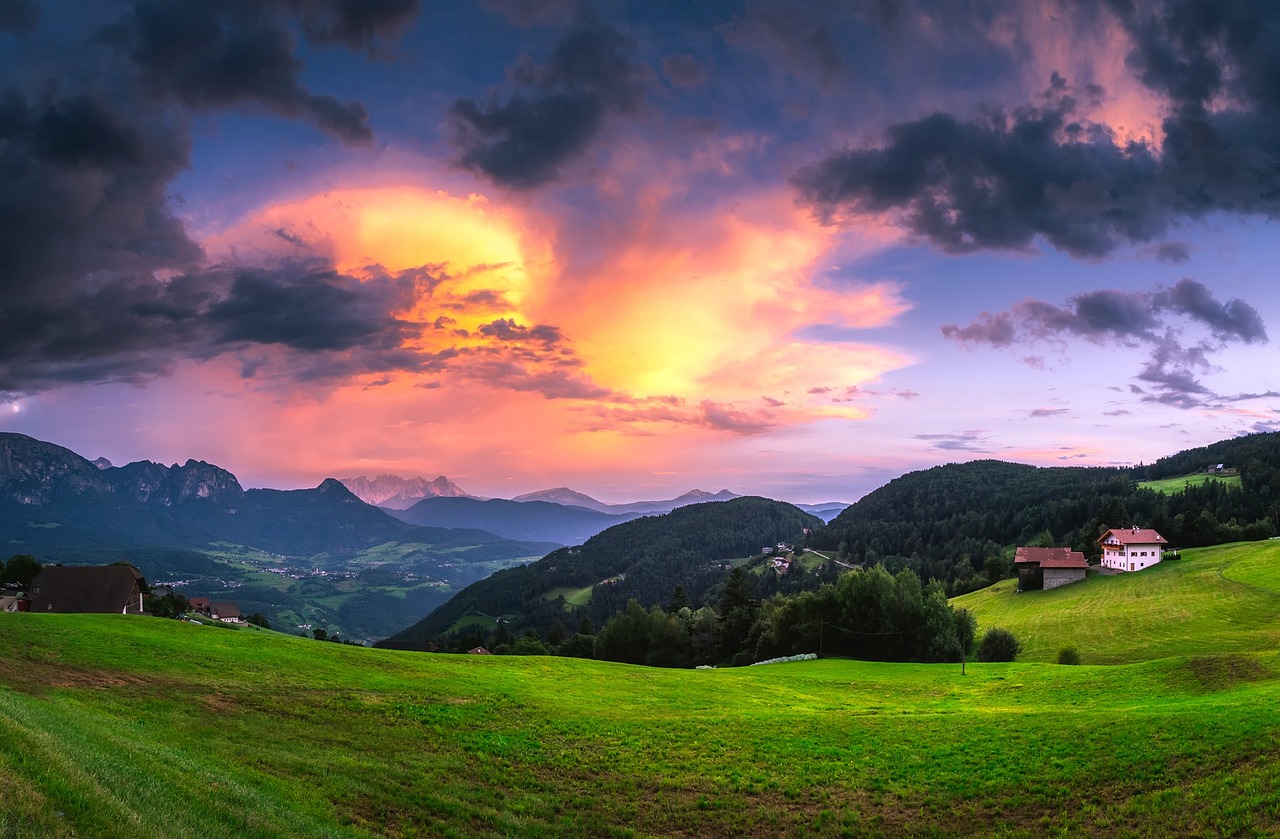
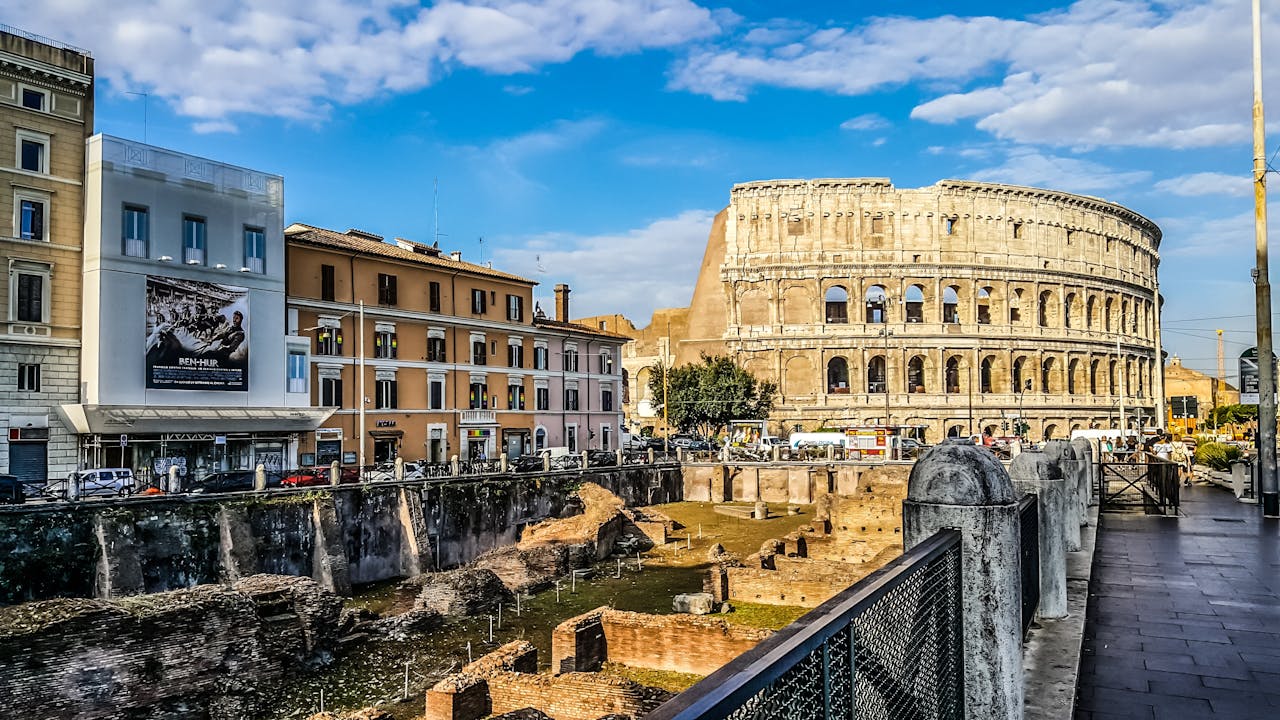
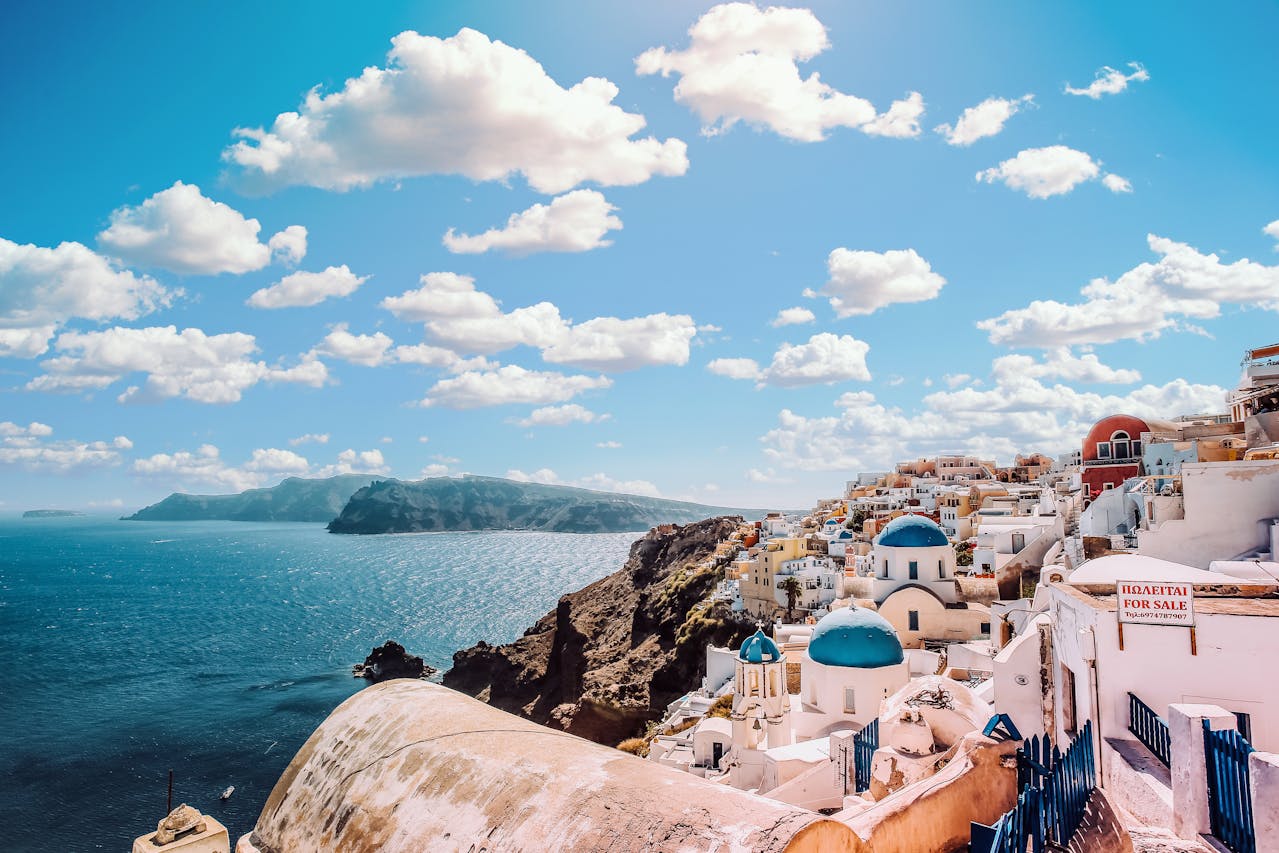

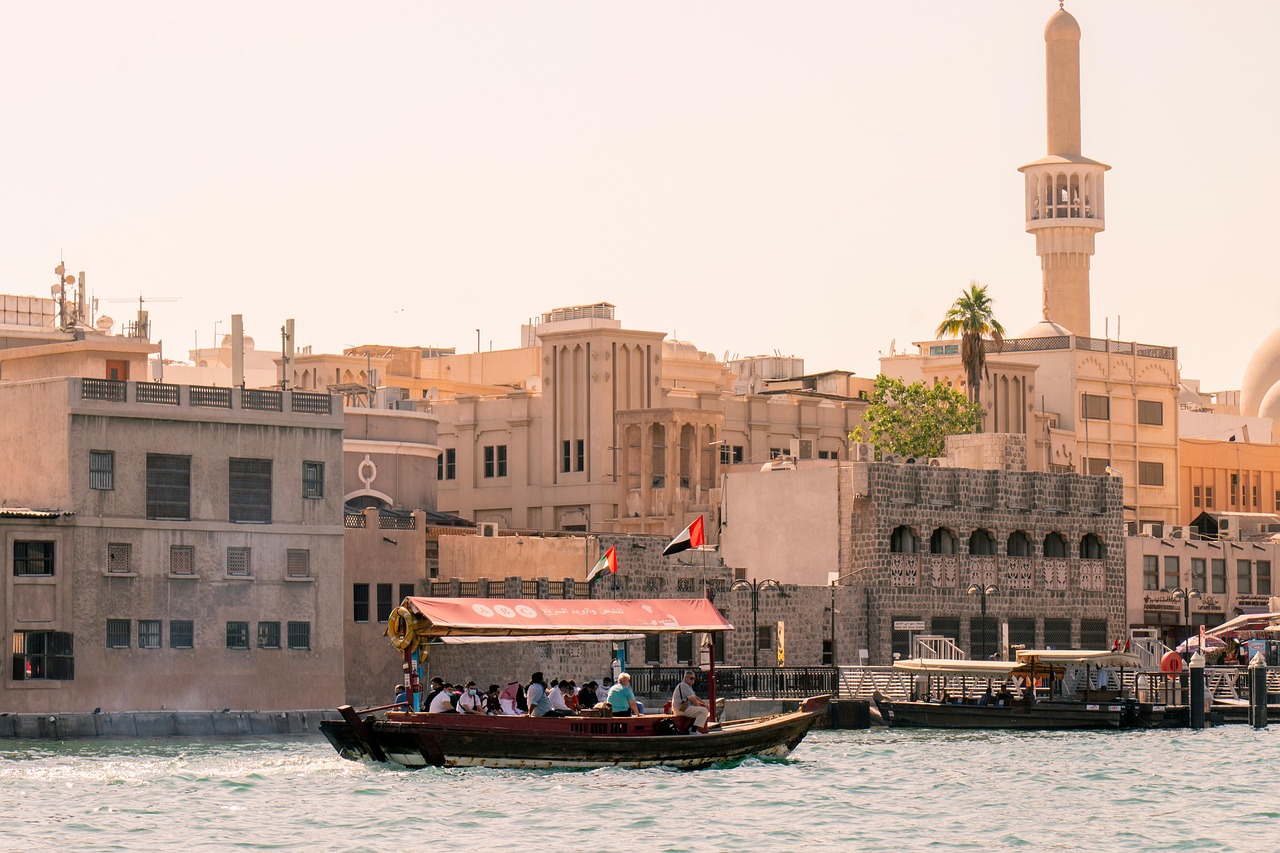
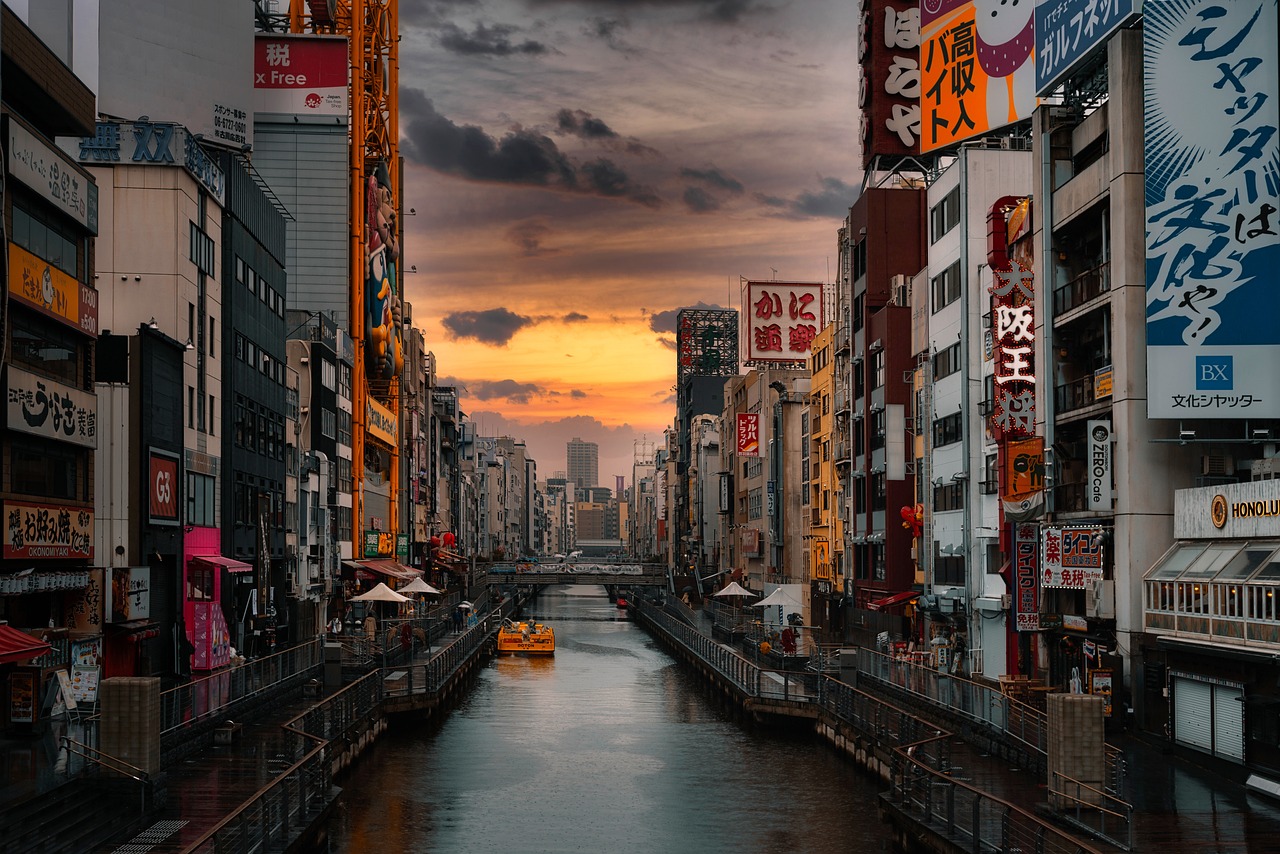
Comments (0)
Please login to leave a comment.